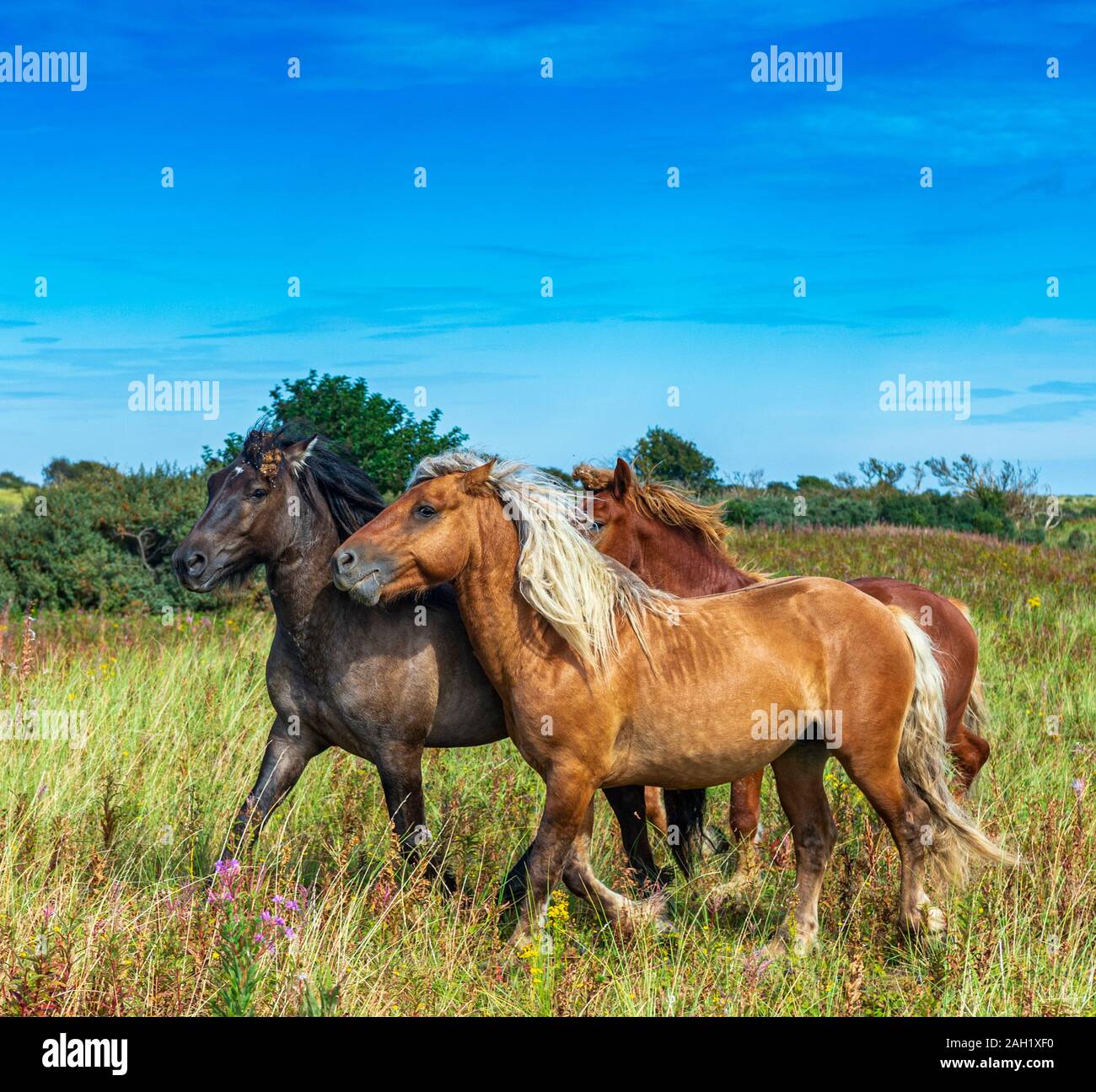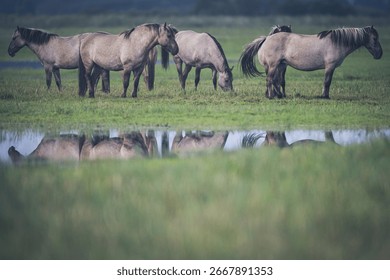Conservation Grazing: Horses as Land Management Tools

Conservation grazing is an innovative and sustainable land management practice that utilizes grazing animals to maintain and enhance biodiversity, control invasive species, and preserve natural habitats. Among various grazing animals, horses have emerged as effective tools for conservation grazing due to their unique grazing behaviors and adaptability.
What is Conservation Grazing?

Conservation grazing involves the strategic use of grazing livestock to manage vegetation and ecosystems. It aims to mimic natural grazing patterns that help maintain open landscapes, prevent scrub encroachment, and promote a diverse range of plant and animal species.
Why Use Horses for Conservation Grazing?
Horses offer several advantages as conservation grazers:
- Selective Grazing Habits: Horses tend to graze selectively, which helps maintain a varied plant structure and supports biodiversity.
- Mobility and Hardiness: Their ability to cover large areas and thrive in diverse environments makes them suitable for managing different types of terrain.
- Impact on Soil and Vegetation: Horses’ grazing and trampling can help control invasive species and encourage the growth of native plants.
Benefits of Using Horses in Land Management
| Benefit | Description |
|---|
| Biodiversity Enhancement | Promotes a variety of plant species by preventing dominance of aggressive plants.
| Habitat Preservation | Maintains open habitats essential for many wildlife species.
| Cost-Effectiveness | Reduces the need for mechanical vegetation control and chemical herbicides.
| Soil Health Improvement | Trampling by horses can aid seed dispersal and soil aeration.
How to Implement Conservation Grazing with Horses
- Site Assessment: Evaluate the land to understand vegetation types, soil conditions, and conservation goals.
- Grazing Plan Development: Determine stocking density, grazing duration, and rotation schedules.
- Monitoring and Adaptation: Regularly monitor vegetation response and adjust grazing practices accordingly.
Challenges and Considerations
- Overgrazing Risks: Without proper management, horses can damage sensitive habitats.
- Animal Welfare: Ensuring horses have adequate nutrition and shelter is essential.
- Fencing and Infrastructure: Appropriate fencing is necessary to control grazing areas.
Frequently Asked Questions (FAQ)
Q1: Can horses replace other grazing animals like sheep or cattle?
A1: Horses can complement or replace other grazers depending on the ecosystem and management goals, but their grazing patterns differ and should be considered.
Q2: What types of habitats benefit most from horse grazing?
A2: Grasslands, heathlands, and open woodlands often benefit from horse grazing due to their natural grazing behaviors.
Q3: How do horses help control invasive plant species?
A3: Horses graze selectively and can reduce the spread of invasive plants by trampling and consuming them, which helps native species thrive.
Conclusion
Using horses as land management tools in conservation grazing offers a sustainable and effective approach to maintaining healthy ecosystems. With proper planning and management, horses can significantly contribute to biodiversity conservation and habitat preservation.
This expanded content provides a structured, informative, and SEO-friendly article framework that can be further developed into a full blog post with detailed examples and case studies.
